Heel pain
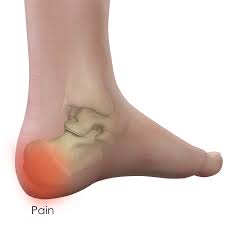
Plantar fasciitis is a common cause of pain under the heel. Heel pain is not usually caused by a single injury, such as a twist or fall, but from repetitive stress and pounding of the heel. Common causes include: … Heel bursitis: Inflammation can occur at the back of the heel, in the bursa, a fibrous sac full of fluid
Table of Contents
Causes:
Plantar fasciitis is a common cause of pain under the heel.
Heel pain is not usually caused by a single injury, such as a twist or fall, but from repetitive stress and pounding of the heel.
Common causes include:

Plantar fasciitis, or inflammation of the plantar fascia: The plantar fascia is a strong bowstring-like ligament that runs from the calcaneum (heel bone) to the tip of the foot.This type of pain often happens because of the way the foot is made, for example, if the arches are especially high or low.When the plantar fascia is stretched too far, its soft tissue fibers become inflamed. This usually happens where it attaches to the heel bone, but sometimes it affects the middle of the foot. Pain is felt under the foot, especially after long periods of rest. Calf-muscle cramps may occur if the Achilles tendon tightens too.
Heel bursitis: Inflammation can occur at the back of the heel, in the bursa, a fibrous sac full of fluid. It can result from landing awkwardly or hard on the heels or from pressure from footwear. Pain may be felt deep inside the heel or at the back of the heel. Sometimes, the Achilles tendon may swell. As the day progresses, the pain usually gets worse.Heel bumps: Also known as pump bumps, these are common in teenagers. The heel bone is not yet fully mature, and it rubs excessively, resulting in the formation of too much bone. It is often caused by having a flat foot. It can be caused by starting to wear high heels before the bone is fully mature.
Tarsal tunnel syndrome: A large nerve in the back of the foot becomes pinched or entrapped (compressed). This is a type of compression neuropathy that can occur either in the ankle or foot.Chronic inflammation of the heel pad: This is caused either by the heel pad becoming too thin, or through heavy footsteps.Stress fracture: This is linked to repetitive stress, strenuous exercise, sports, or heavy manual work. Runners are particularly prone to stress fracture in the metatarsal bones of the foot. It can also be caused by osteoporosis.Severs disease: This is the most common cause of heel pain in child and teenage athletes, caused by overuse and repetitive microtrauma of the growth plates of the heel bone. It most commonly affects children aged 7 to 15 years.
Achilles tendinosis: This is also known as degenerative tendinopathy, tendonitis, tendinosis, and tendinopathy. It is a chronic condition associated with the progressive degeneration of the Achilles tendon.Sometimes the Achilles tendon does not function properly because of multiple, minor microscopic tears of the tendon, which cannot heal and repair themselves correctly. As the Achilles tendon receives more tension than it can cope with, microscopic tears develop. Eventually, the tendon thickens, weakens, and becomes painful.
Other causes of heel pain include:
Achilles tendon rupture, where thtendotornaplantarfasciatearBaxter’snerve entrapmentcalcaneal stress fracturecalcaneal cystssoft tissue massshort flexor tendon tearsystemic arthritis (lupus, rheumatoid arthritis, psoriatic arthritis)bone bruise problems with circulationpoor posture when walking or runningbone cyst, a solitary fluid-filled cyst in a bonegout, when levels of uric acid in the blood rise until urate crystals start to build up around the joints, causing inflammation and severe painneuroma, or Morton’s neuroma, when a nerve becomes swollen in the ball of the foot, commonly between the base of the second and third toesosteomyelitis, an infection of the bone or bone marrow leads to inflammation of the boneOsteomyelitis may result from an injury or surgery, or the infection may get into bone tissue from the bloodstream. Symptoms include deep pain and muscle spasms in the inflammation area, as well as fever.Peripheral neuropathy involves nerve damage, and it can lead to pain and numbness in the hands and feet.It can result from traumatic injuries, infections, metabolic disorders, and exposure to toxins. Diabetes is a common cause.Rheumatoid arthritis is a progressive and disabling auto-immune condition that causes inflammation and pain in the joints, the tissue around the joints, and other organs in the human body.It usually affects the joints in the hands and feet first, but any joint may become affected.Side foot pain
Lateral foot pain affects the outside of the heel or foot, and medial foot pain affects the inside edge.These may result from:a stress fracturea sprain
cuboid syndrome, when a small bone in the foot becomes dislocated arthritisperoneal tendonitis, when repeated tension irritates the tendon
tarsal coalition, a congenital foot problem bunions, corns, and callouses posterior tibial tendonitis, which results from stress and overuse
Most causes of foot pain are mechanical, related to strain, injury, or bone structure problems.
Side foot pain–
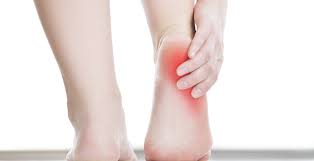
Lateral foot pain affects the outside of the heel or foot, and medial foot pain affects the inside edge.These may result from:a stress fracturea sprain
cuboid syndrome, when a small bone in the foot becomes dislocated arthritisperoneal tendonitis, when repeated tension irritates the tendon
tarsal coalition, a congenital foot problembunions, corns, and callouses
posterior tibial tendonitis, which results from stress and overuseMost causes of foot pain are mechanical, related to strain, injury, or bone structure problems
Symptoms:

Heel pain typically starts gradually and becomes more severe. Often there is no injury to the affected area. It may be triggered by wearing a flat shoe. Flat footwear may stretch the plantar fascia until the area becomes swollen, or inflamed.Pain may be severe, however, if there is a tear. The person may have noticed a popping sound at the time of the injury, and pain will be immediate.Heel pain is usually felt under the foot, toward the front of the heel.Symptoms may be worse just after getting out of bed in the morning, and after a period of rest during the day, and then they improve with a little activity. They may worsen again toward the end of the day.When to see a doctorSee a doctor if you experience:severe pain with swelling near the heelpain, numbness or tingling in the heel, and feverpain in your heel and feverdifficulty walking normallydifficulty bendinthe foot downward orstanding on tiptoeYou should arrange to see a doctor if:heel pain continues for more than a week heel pain persists when you are not standing or walking
Diagnosis:
A doctor will examine the foot and ask about the pain, about how much walking and standing the person does, what type of footwear they use, and details of their medical history.They will test the muscles, starting from the knee and look for any unusual shape or skin changes. These can help differentiate between a growth, psoriasis, and other conditions.Squeezing the heel can help detect nerve problems, the presence of a cyst, or a stress fracture.This may enough to make a diagnosis, but sometimes blood tests or imaging scans are needed.Plantar fasciitis is the most common type of heel pain, but many other causes are possible. An accurate diagnosis is more likely to lead to effective treatment
Treatment:
Most people recover with conservative treatments within months.
Treatment options include:
Non-steroidal anti-inflammatory drugs (NSAIDs) can reduce pain and swelling.Corticosteroid injections may work if NSAIDs are not effective, but these should be used with caution, because long-term use can have adverse effects.Physical therapy can teach exercises that stretch the plantar fascia and Achilles tendon and strengthen the lower leg muscles, resulting ibetter stabilization of the ankle and heel.Athletic taping gives the bottom of the foot better support.Orthotics, or assistive devices, and insoles can help correct foot faults and cushion and support the arch during the healing process.Different brands are available to buy on Amazon.Extracorporeal shock wave therapy aims sound waves at the affected area to encourage and stimulate healing. This is only recommended for long-term cases that have not responded to conservative therapy.SurgeryIf nothing else works, a surgeon may detach the plantar fascia from the heel bone. There is a risk that this may weaken the arch of the foot.Night splintsA night splint may be fitted to the calf and foot and kept on during sleep. This holds the plantar fascia and Achilles tendon in a lengthened position overnight and stretches them.These are available to buy online, but it is best to consult a medical professional before using them.Treatment for heel bursitisIf it is possible to distinguish heel bursitis as a separate condition from plantar fasciitis, an effective treatment may be to use a cushioning insole or heel cup to limit the movements that are causing the problem.Rest is also recommended, and a steroid injection may be needed.TreatmentforheelbumpsInflammation behind the heel may berelieved with ice, compression and a change of footwear. Achilles pads, tortoise, and heel grip pads may offer temporary relief.Cortisone injections may help with pain.For most people, treatment will get rid of heel pain within 6 weeks. However, in severe cases, and if pain persists, surgery may be necessary.
Physiotherapy Exercises:
Physiotherapy Treatment Including Pain Relieving Modalities Like TENS, US, SWD according Heel Pain Diagnosis And Exercise Are Helpful mainly, Treatment is Varies According to Heel pain diagnosis.
Stretching or massaging the plantar fascia before standing up can often reduce heel pain.
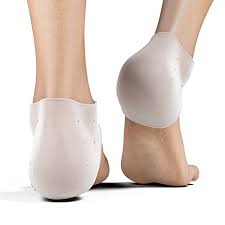
- Stretch your foot by flexing it up and down 10 times before standing.
- Do toe stretches to stretch the plantar fascia.
- Use a towel to stretch the bottom of your foot (towel stretch).
Calf stretch: Calf stretches can help prevent or treat heel pain. Exercises to stretch the calf muscles may help.Here are some examples:Sit in a chair, hold the leg out straight, and flex and extend at the ankle joint. Repeat 10 times on each foot.Stand facing a wall. Place the foot that has the heel pain behind the other foot. Keep the front knee bent and the back leg straight, with the foot on the ground. Pull the hips forward toward the wall until you feel a stretch in the calf of the lower leg. Repeat 10 times. If there is pain in both heels, stretch both calves.
- Warming up and stretching before sports or exercise may make your plantar fascia more flexible and may decrease the chance of injury and inflammation.
- You may want to take a pain reliever such as a non-steroidal anti-inflammatory drug (NSAID), including aspirin, ibuprofen, or naproxen, to relieve inflammation and pain. Some people take NSAIDs at least 30 minutes before doing recommended exercise, to relieve pain and allow them to do and enjoy the exercise. Other people take NSAIDs after they exercise.
- After you exercise, ice your heel to help relieve pain and inflammation.
- Stretching exercises before getting out of bed
Many people with plantar fasciitis have intense heel pain in the morning, when they take their first steps after getting out of bed. This pain comes from the tightening of the plantar fascia that occurs during sleep. Stretching or massaging the plantar fascia before standing up can often reduce heel pain.
- Stretch your foot by flexing it up and down 10 times before standing.
- Do toe stretches to stretch the plantar fascia.
- Use a towel to stretch the bottom of your foot (towel stretch).
Other steps can help reduce heel pain when you take your first steps after getting out of bed. You can:
- Wear a night splint while you sleep. Night splints hold the ankle and foot in a position that keeps the Achilles tendon and plantar fascia slightly stretched.
- Massage the bottom of your foot across the width of the plantar fascia before getting out of bed.
- Always wear shoes when you get out of bed, even if it is just to go to the washroom. Quality sandals, athletic shoes, or any other comfortable shoes with good arch supports will work.
Home remedies :
Home care can help get rid of heel pain that is not severe. This includes
Rest : Avoid running or standing for long periods, walking on hard surfaces, and any activities that may stress the heels.
Ice: Place an ice-pack wrapped in cloth on the affected area for about 15 minutes, but not directly onto the skin.Footwear: Shoes that fit well and provide good support are crucial, especially for athletes.
Foot supports : Wedges and heel cups can help relieve symptoms.Some recent studies have suggested that Botox may help treat plantar fasciitis.Another study has suggested that delivering a standard dose of external beam radiation therapy, similar to that used in an x ray or in cancer treatment, may help.

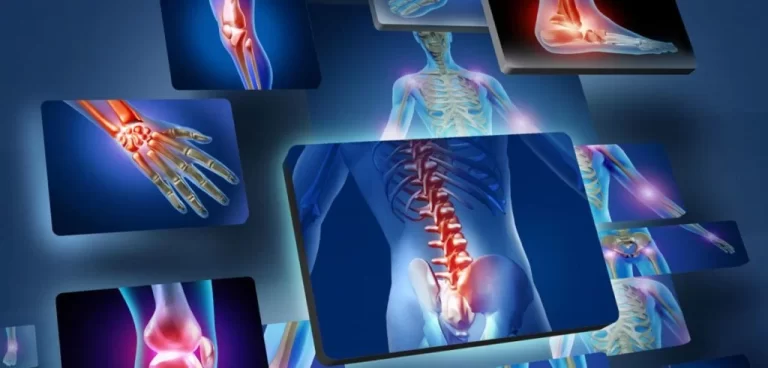
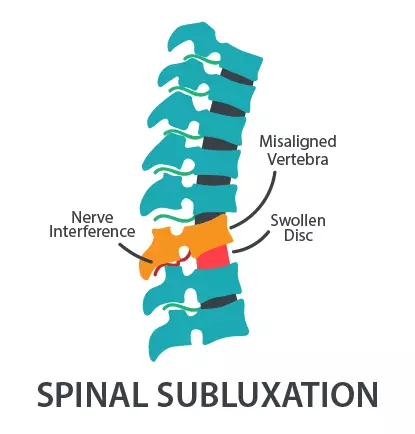
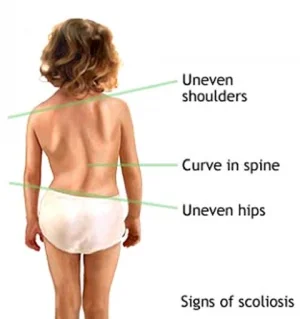
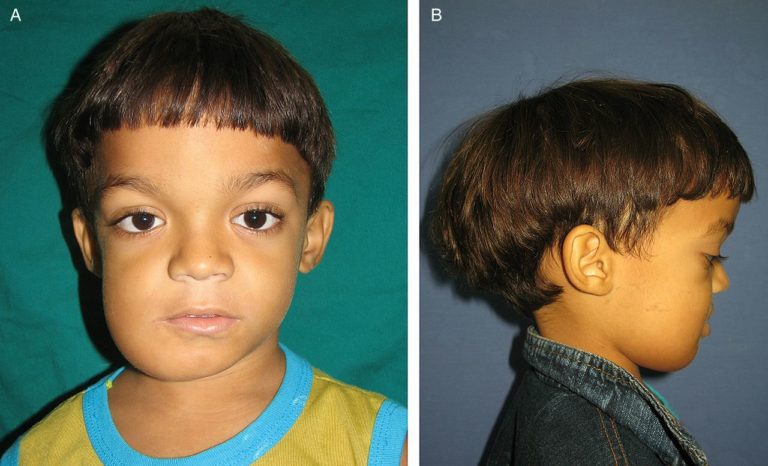
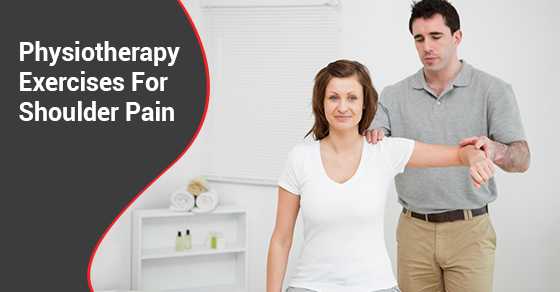
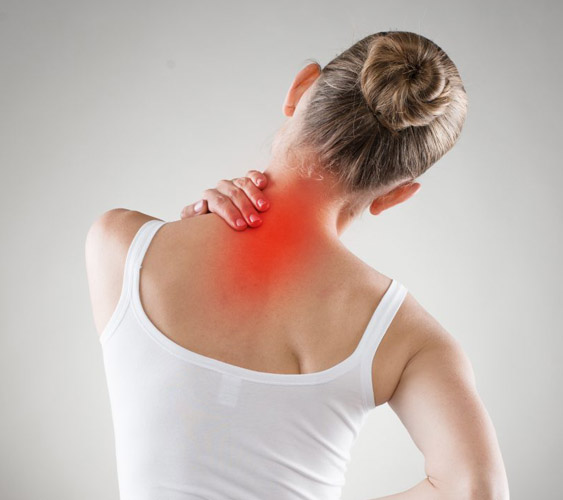
5 Comments